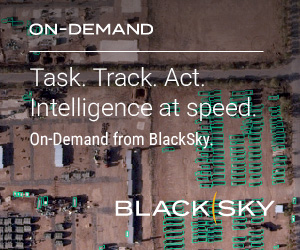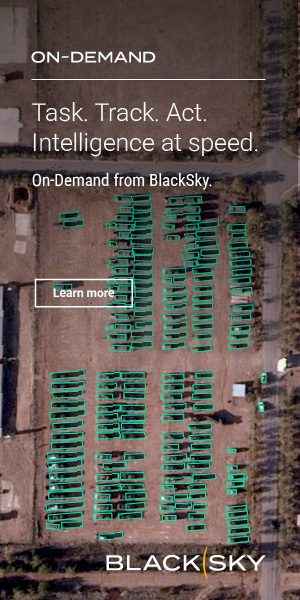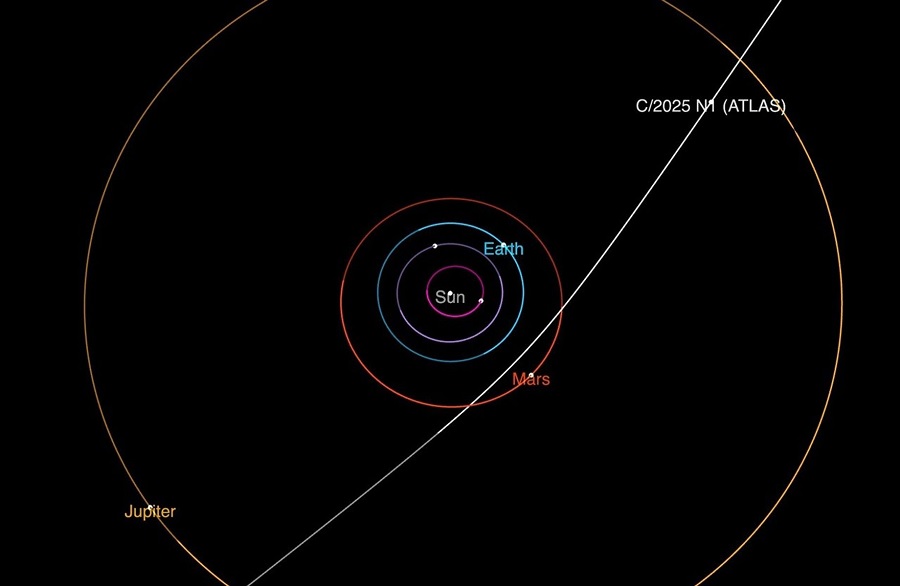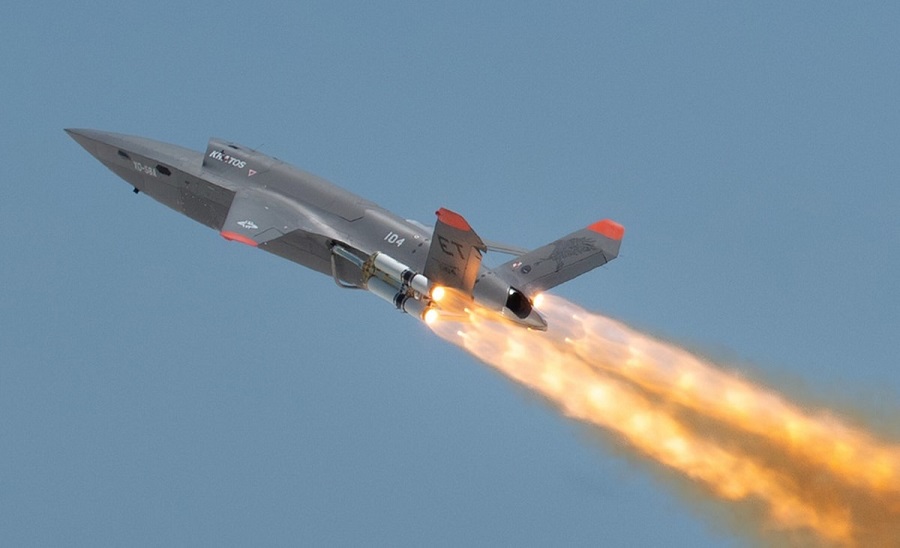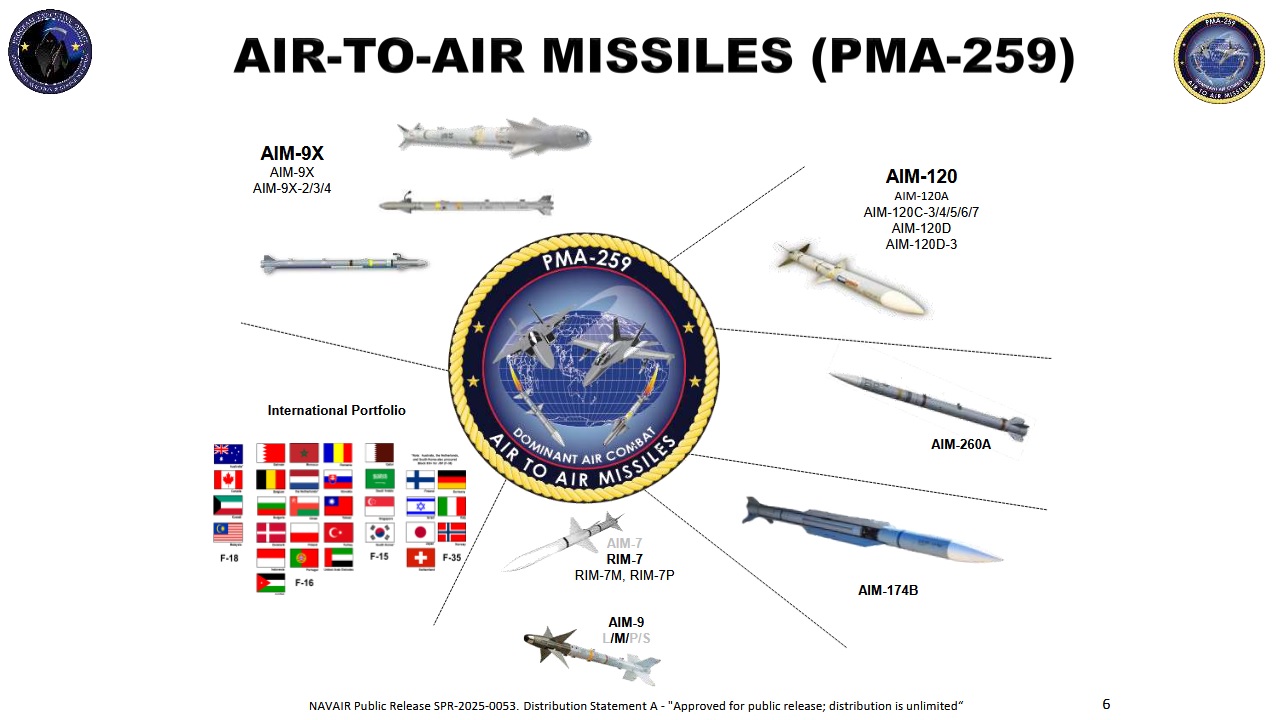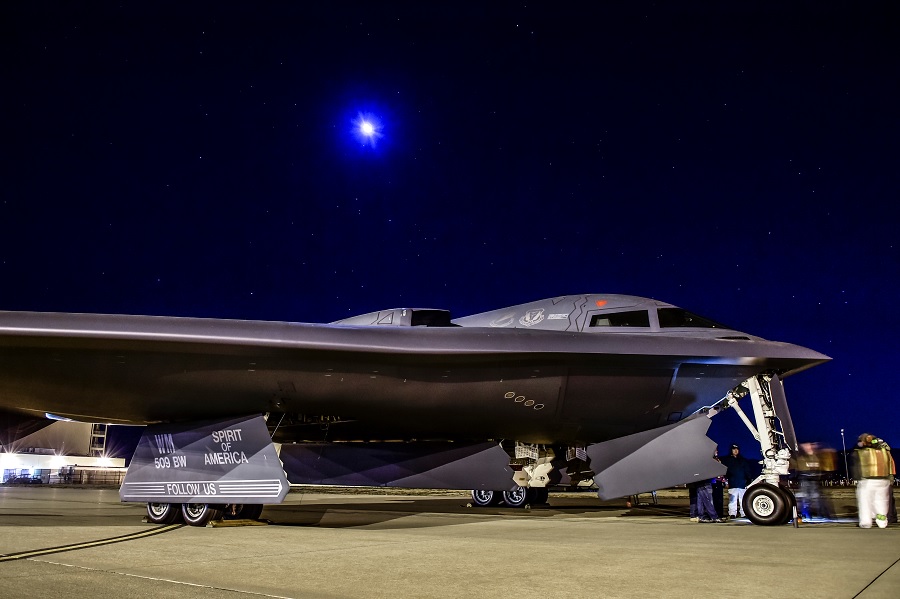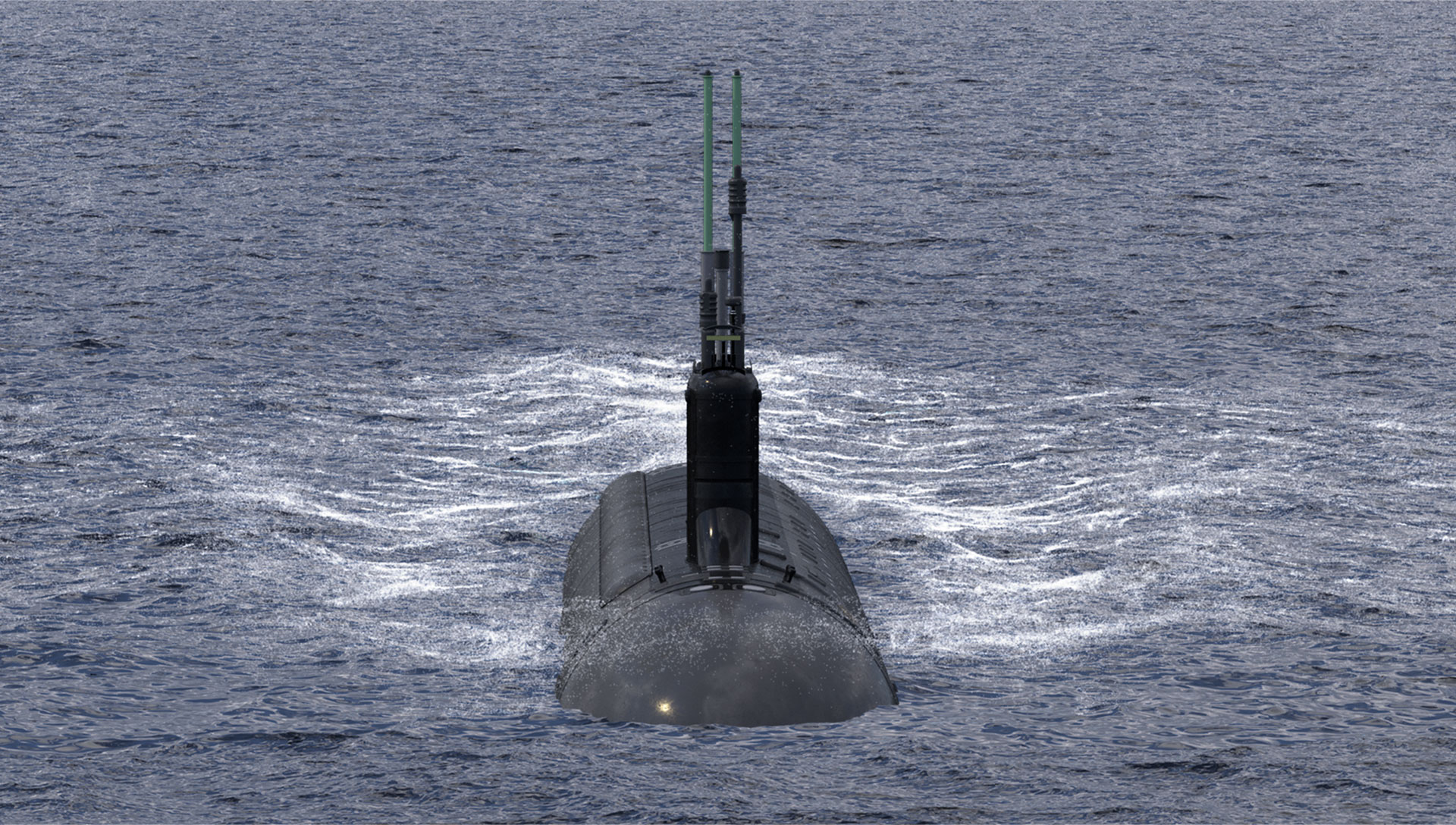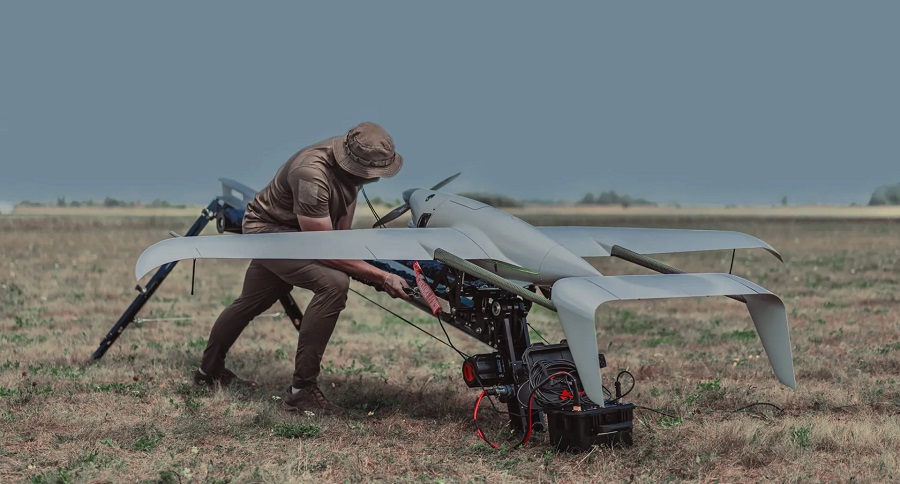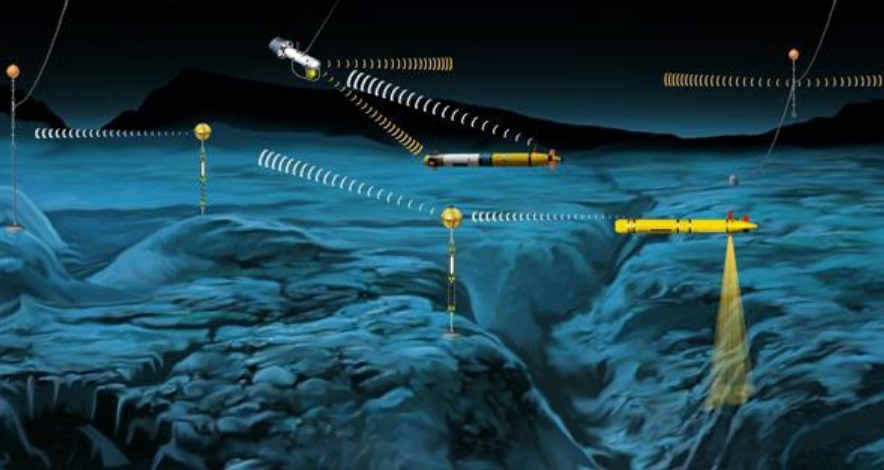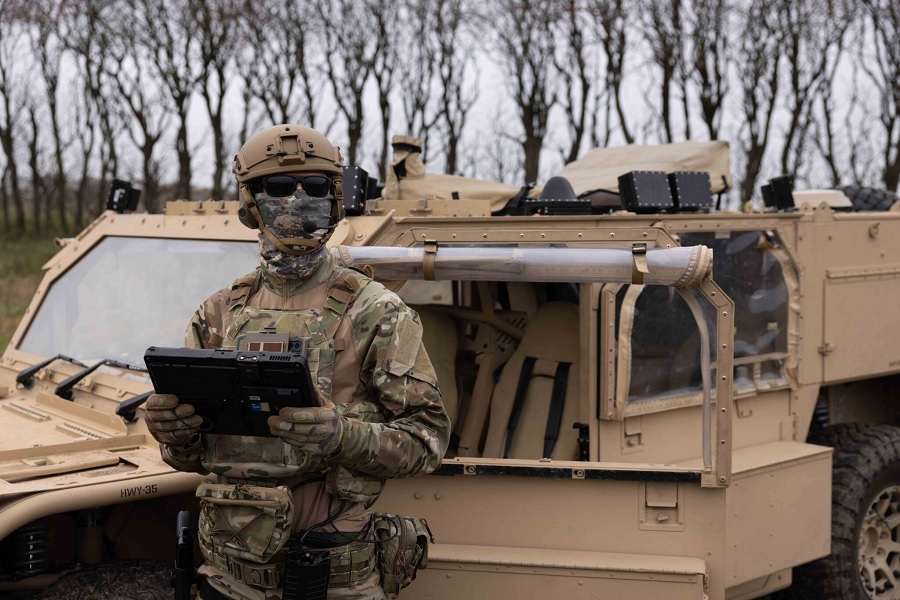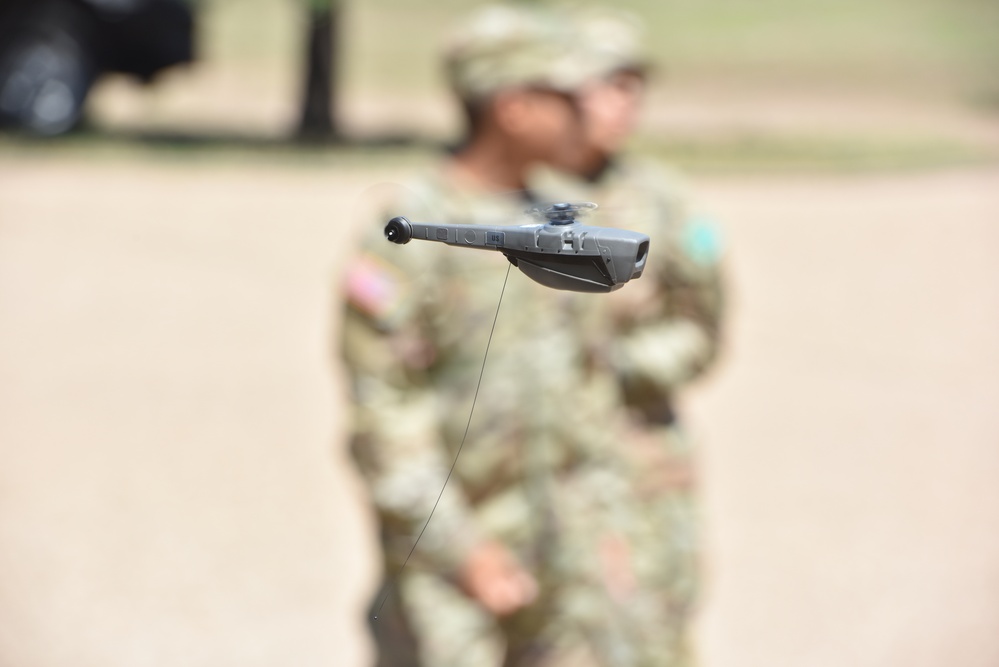Defence Industry Europe exposed the problem encountered by the Israeli Defence Forces (IDF) when advanced anti-tank missiles are being used against villages on the Lebanese and Gaza frontlines. An attack on Saturday by Hezbollah in Lebanon on the Israeli Air Force (IAF) main radar station, which controls most of the aerial traffic in Israel, proved that the problem has to be addressed as soon as possible.
The IAF main radar station on Mount Meron in Northern Israel was attacked by the longer-range version of the Kornet anti-tank missile. The Kornet-EM anti-tank missile has a range of up to 10 km and rides on a jam-resistant laser beam.
While the Israeli Defence Forces (IDF) tanks and armored vehicles are protected by active protection systems against rockets and missiles, infantry soldiers and civilians have become targets for these missiles operated by Hezbollah in Lebanon and Hamas in Gaza. The Russian-made Kornet anti-tank missile is one of the many weapon systems operated by the two Iranian proxies.
Hezbollah has launched many of these missiles against Israel since the war began, injuring and killing IDF soldiers in the process. While the Israeli Merkava tanks and the IDF’s Namer and Eitan armored vehicles are protected by active protection systems, the Trophy made by Rafael and the Elbit Iron Fist, soldiers and civilians near the borders are not.
“This has become a major problem, and we try to hit the launchers in many ways, including by armed UAVs,” an Israeli source said.
The attack on the main radar station on Meron Mountain brought Israeli experts to begin the effort to develop soft or hard kill systems that will be capable of protecting such military sites like the Radar station from long-range anti-tank missiles.

